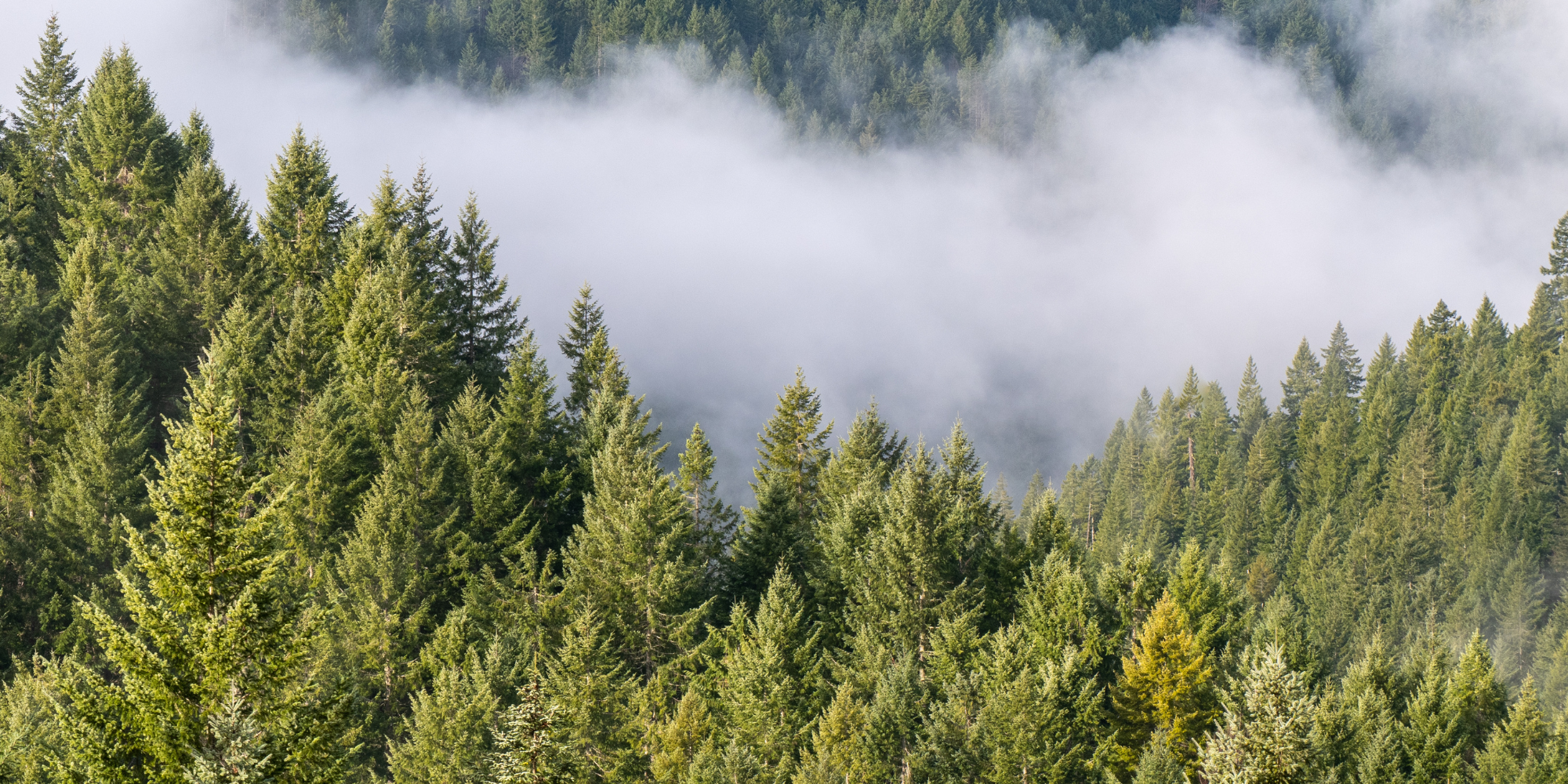Federal Forests
In Oregon, most federal public lands are managed by either the US Forest Service or Bureau of Land Management to meet their mandates for multiple use, clean water, and endangered species conservation. Lands managed by the Forest Service and BLM are subject to federal policy and planning laws that require management plans, environmental analysis, protection of endangered species habitat, and public input. Federal laws protecting endangered species and clean water on these lands mean that more trees are required to be left behind than on private land, and streamside buffers are much better protected, but the impacts of logging and road building can still be devastating for water, wildlife, and functioning forests.
Other federal laws and designations put lines on maps to protect wild and/or special places. For example, wilderness areas, designated by Congress under the authority of the 1964 Wilderness Act, are permanently protected from roads, logging, and other development. Wild and scenic rivers, designated by Congress under the authority of the 1968 Wild and Scenic Rivers Act, include a corridor along free-flowing rivers and streams with special natural values, which are protected from most development and logging.
US Forest Service Lands
National Forests, managed by the US Forest Service, cover about 16 million acres (about 25%) of Oregon. In western Oregon, about 7 million acres of National Forest lands are managed under the Northwest Forest Plan (NWFP), put in place in the mid-1990s to address the impacts to species at risk of extinction due to overlogging. The plan, a political compromise for an ecological problem, is essentially a zoning scheme for the public forestlands that are home to marbled murrelets and northern spotted owls in western Washington and Oregon and northwestern California. It designates areas of streamside reserves to protect and restore vegetation and structure that benefit salmon, other wildlife, and water quality; areas of old-growth forest reserves that include some existing ancient forests as well as young, managed forests to be restored to functioning habitat; and matrix lands that can be logged more heavily but not indiscriminately. It does not fully protect mature and old-growth forests, leaving one million acres of these remaining forests available for logging.
In central and eastern Oregon, outside of the NWFP, forest management plans aren’t as cohesive but share requirements for certain stream and wildlife habitat protections. Until 2021, these forests also had a rule in place to protect large trees (21” in diameter or larger), but this was eliminated by the Trump administration placing these important ecological components at risk from logging.
Find US Forest Service office locations and contact information:
Forest Service Pacific Northwest Region (Region 6)
Pacific Northwest Forest Areas
The US Bureau of Land Management
The Bureau of Land Management (BLM) manages 15.7 million acres of land in Oregon – much of it high desert, but over 3 million acres are forested. In western Oregon, there are roughly 2.6 million acres of forested public land managed by the BLM, often found mixed with private lands in a checkerboard pattern. Though initially included in the Northwest Forest Plan, the BLM’s forests are now subject to a separate Resource Management Plan. Like the NWFP, this plan protects some older forests as reserves for wildlife habitat with limitations on logging, but its protections are not as strong in many ways. The plan also emphasizes timber production, and allows aggressive logging techniques that look similar to clearcutting on private land, including in some older forest stands.
BLM lands in western Oregon have a complex history that created a tie between timber harvest and funding for local governments and services that has led to logging taking priority over ecological needs such as protecting threatened wildlife and mature and old-growth forests.
Other Resources
BLM offices - Have a question or concern about logging you see on BLM lands? Find your local office here: https://www.blm.gov/oregon-washington
USFS offices: Have a question or concern about logging you see on National Forest lands? Find your local Forest Service office here: https://www.fs.usda.gov/r6
Congress - Congress ultimately determines what happens on federal public lands by controlling policy, making new laws, and setting timber targets by allocating funds for staffing and projects that are implemented. You can let your Senators and Representatives know how you feel about logging on public lands: Sign up for our newsletter for alerts.


